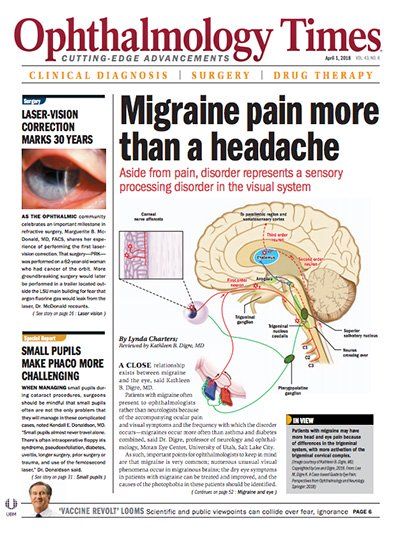Publication
Article
Digital Edition
Investigating strains on ONH tissue key to unraveling mystery of glaucoma
Author(s):
Investigations of the biomechanical changes in the optic nerve head may eventually lead to improvements in therapies for patients with glaucoma.
By Lynda Charters; Reviewed by C. Ross Ethier, PhD
Deciphering cellular and tissue responses in glaucoma are key to preventing and curing the disease. Some recent insights into the behavior of cells subjected to mechanical insult due to increased intraocular pressure (IOP) and changes in the stiffness of the sclera are helping to unravel the secrets of glaucoma.
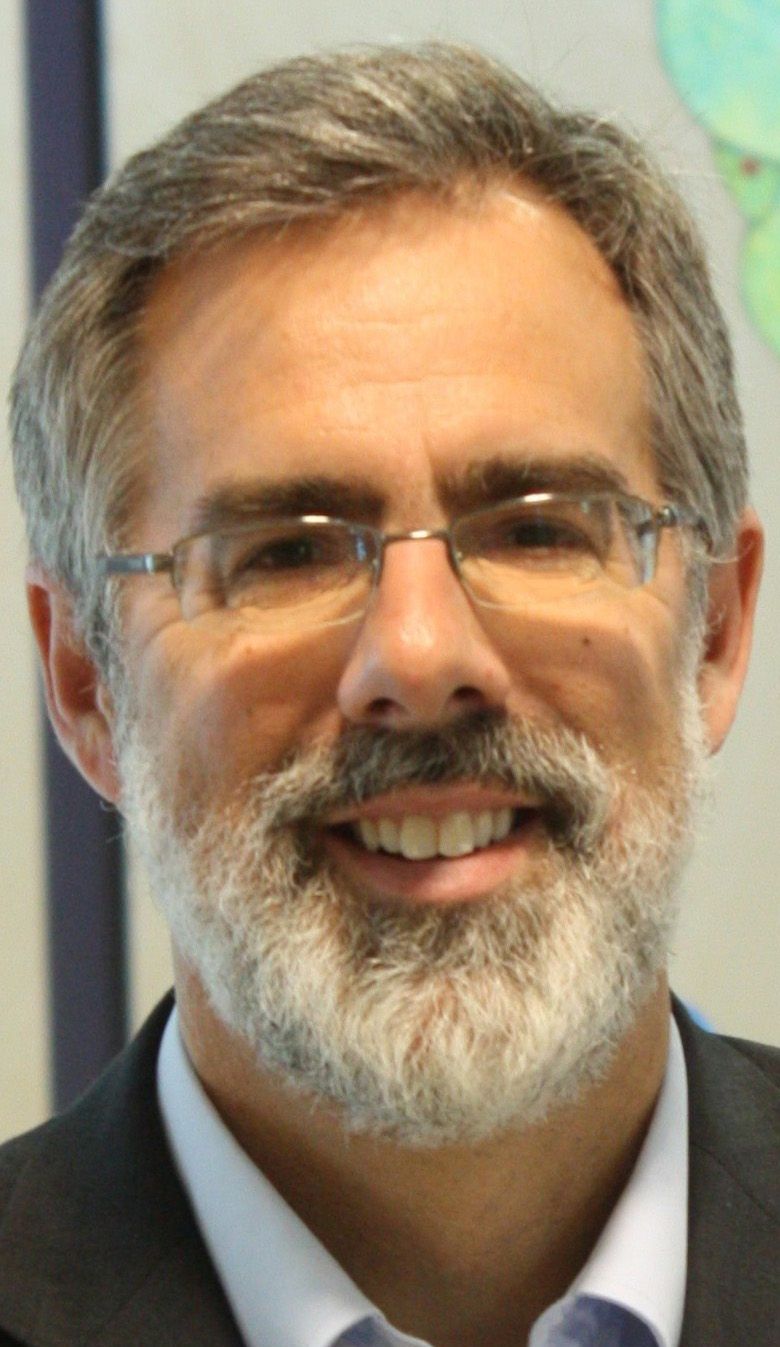
Dr. Ethier
One important observation is that the cells in the optic nerve head (ONH) are sensitive to mechanical changes.
“In general, cells are mechanosensitive and will, for example, migrate to a preferred substrate stiffness,” said C. Ross Ethier, PhD, the Lawrence L. Gellerstedt, Jr., Chair in Bioengineering, Georgia Research Alliance Eminent Scholar in Biomechanics and Mechanobiology, and professor of biomedical engineering, Georgia Institute of Technology/Emory University, Atlanta.
Dr. Ethier provided an example of this preferential activity. When a cell is released from the soft side of a gel, the cell migrates to the stiff side of the gel. In the opposite scenario, when the cell is released on the stiff side of the gel, the cell does not move to the soft side.
“This behavior tells you that cells have the ability to sense the mechanical properties of their substrate and respond to them,” Dr. Ethier emphasized. “We now know that substrate stiffness influences cellular growth, motility, apoptosis, and even differentiation of stem cells.”
All of these activities have shown investigators that nearly all cell types contain sophisticated machinery for sensing and responding to mechanical stimuli, he explained.
One such cellular system is the YAP-TAZ pathway, which, in addition to responding to substrate stiffness, also responds to the softness and stiffness of three-dimensional (3-D) matrices and stretching resulting from pressure, which is relevant to the ONH.
The ONH
This structure is a major player in glaucoma, and the importance of determining why it is vulnerable to pressure, among other forces, cannot be overemphasized. Computational modeling of the ONH predicts high mechanical strains in the ONH tissues, indicating that the ONH is a weak spot in the otherwise tough corneoscleral shell, Dr. Ethier demonstrated.
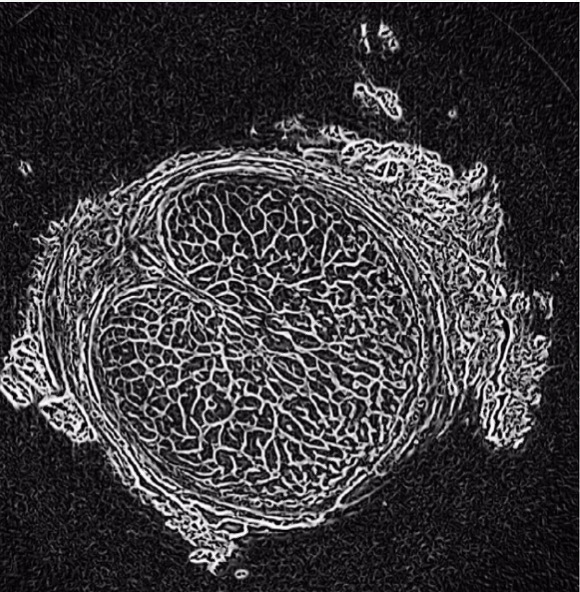
Image 1. A slice through the lamina cribrosa as seen by OCT. (Image courtesy of C. Ross Ethier, PhD)
Experimentally, micro-computed tomography 3-D imaging of the ONH region of an enucleated porcine eye showed the strains that occurred when the eye was subjected to different IOP levels. For example, the anterior and posterior lamina cribrosa within the ONH undergo significant stretching and compression as IOP increases, corresponding to deformations thought to exceed safe ranges that the cells can tolerate.
Cerebrospinal fluid pressure also can affect strains in the ONH. “We know that when looking at the average or peak strains in the lamina cribrosa or in the retrolaminar neural tissue just posterior to the lamina, the strains are well outside of the safe ranges, especially in the retrolaminar neural tissue,” Dr. Ethier said.
Another consequential factor
Another potentially important factor is optic nerve tension. Investigators who recently used a numerical model to look at the effect of tension in the optic nerve sheath on the ONH found, surprisingly, that traction forces in the optic nerve sheath were great and created stress in the peripapillary tissue nasally and temporally (Wang et al. Invest Ophthalmol Vis Sci 2016;57:2452-2462. doi: 10.1167/iovs.15-18986).
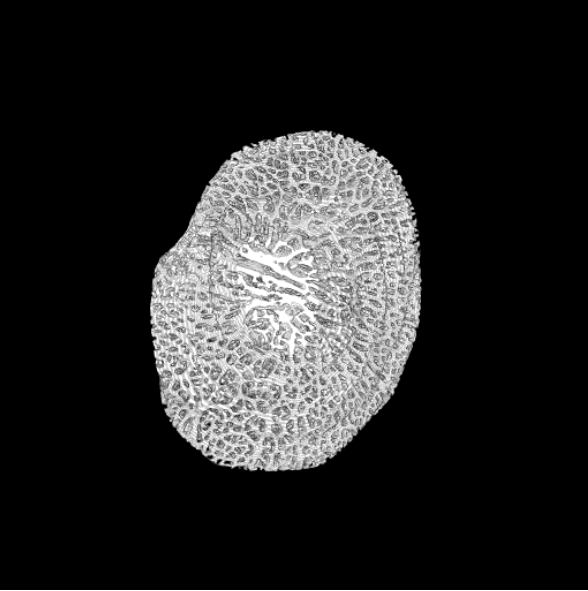
Image 2. A 2-D reconstruction of the lamina from a 3D micro-CT scan. (Image courtesy of C. Ross Ethier, PhD)
When those investigators then looked at the effects in a small clinical cohort using optical coherence tomography, they also surprisingly found large strains in the lamina cribosa. With ocular movements, specifically adduction, strains in the lamina cribosa were found to be “quite significant,” according to Dr. Ethier.
The observed strains were comparable to the strains seen due to IOP increases (Wang et al. Invest Ophthalmol Vis Sci 2016;57: 5825-5833. doi:10.1167/iovs.16-20560).
The same investigators also identified that the optic nerve sheath is tighter with greater tension in patients with glaucoma. Dr. Ethier noted that the clinical relevance of this is not yet clear, but he believes it is necessary to consider more than just IOP when thinking about glaucoma.
Practical considerations
When this information is considered clinically, Dr. Ethier said the sclera is an important factor. “The sclera matters a lot: mechanical strains in the ONH are thought to be much higher in eyes with a soft sclera, thus leading to the possibility of altering the course of glaucoma by intervening to stiffen the sclera,” he said.
In an experimental rat study, the sclera was stiffened, ocular hypertension induced, and the optic nerves followed. Importantly, the preliminary results showed the stiffening protected against axonal loss. “This is extremely interesting and provocative,” he commented.
However, in another study performed in mice, the opposite was found. “The scientific questions remain very much open and there is still a lot to be discovered,” Dr. Ethier said.
Lastly, Dr. Ethier commented on an in vivo study that estimated the biomechanics of the ONH by segmenting the tissues and computing the deformations of the ONH in control subjects and in patients who had undergone filtering surgery. The investigators found large reductions in strains in certain patients.
“The ability to interrogate the ONH and the mechanical strains in this tissue is slowly being translated to a clinical environment,” Dr. Ethier. “This will help us understand what is happening biomechanically in glaucoma in the ONH.”
C. Ross Ethier, PhD
This article was adapted from a presentation Dr. Ethier delivered at the Glaucoma Subspecialty Day, held prior to the 2017 American Academy of Ophthalmology meeting. Dr. Ethier has no financial interest in any aspect of this report
Newsletter
Don’t miss out—get Ophthalmology Times updates on the latest clinical advancements and expert interviews, straight to your inbox.
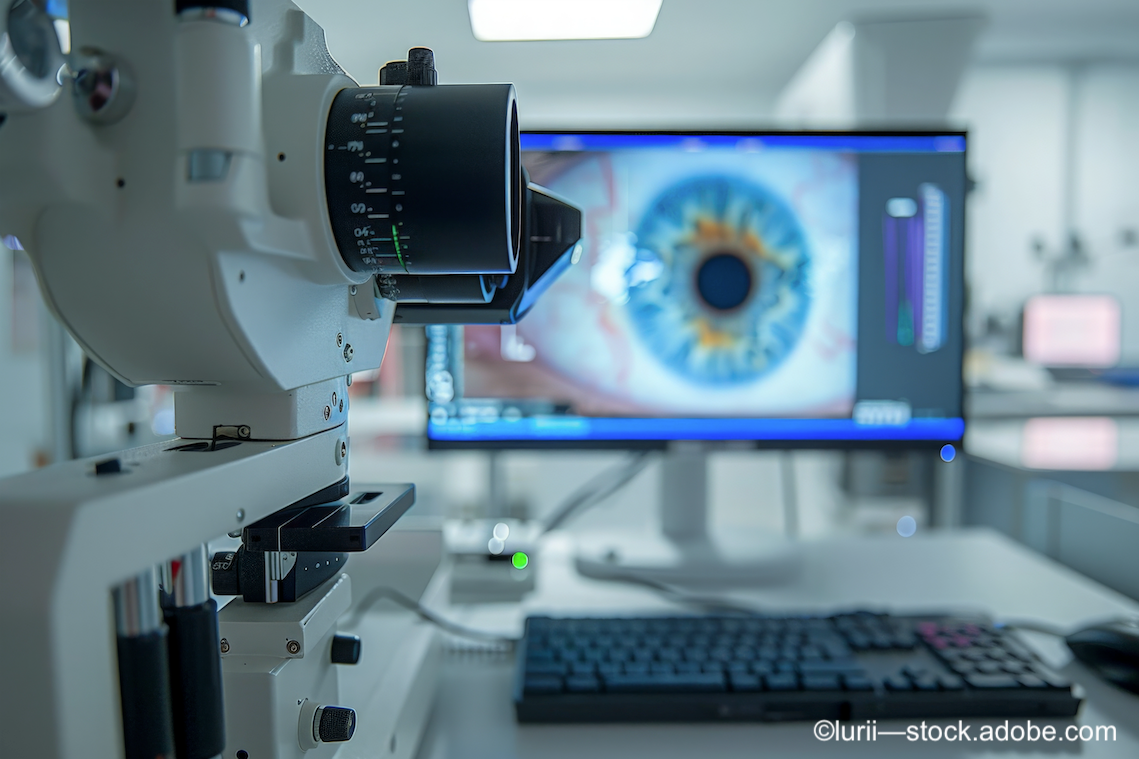
Study validates long-term efficacy of MicroPulse TLT for glaucoma management
